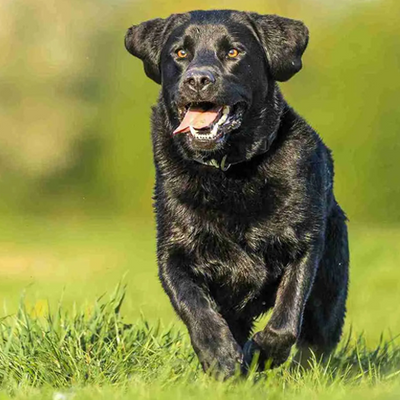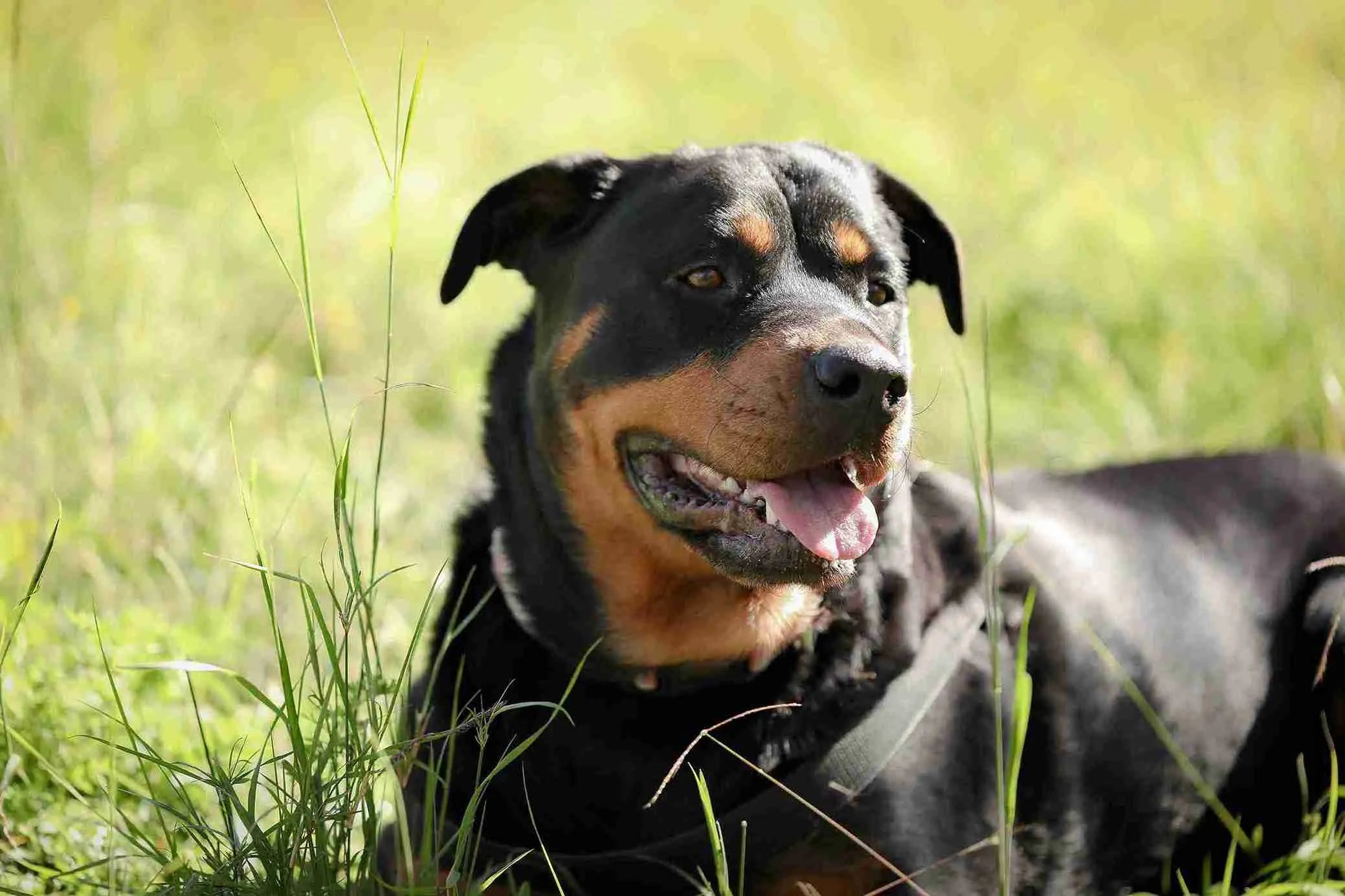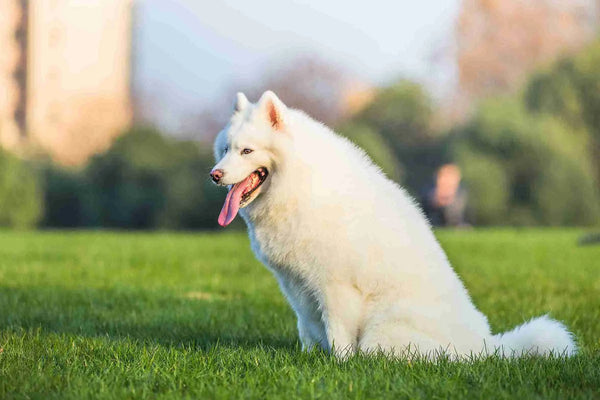Rottweiler
Rottweiler
America’s Loyal and Protective Guardian
1. Introduction to the Breed
The Rottweiler, holding the #8 spot in the 2024 American Kennel Club (AKC) rankings, is a powerful and loyal breed admired for its protective instincts and gentle demeanor with family. Known as “Rotties,” these dogs combine strength, confidence, and devotion, making them ideal for owners seeking a steadfast guardian or affectionate companion. Their muscular build and calm presence have boosted their popularity, particularly among those who value a dog capable of both fierce loyalty and tender family interactions in suburban or rural homes.
2. History of the Breed
Originating in Rottweil, Germany, during the Roman Empire, Rottweilers descend from drover dogs used to herd cattle and guard supplies. By the Middle Ages, they protected livestock and pulled carts for butchers, earning the nickname “Rottweil butchers’ dogs.” Nearly extinct by the 19th century, the breed was revived in the early 20th century for police and military work. Recognized by the AKC in 1931, Rottweilers gained U.S. popularity for their versatility in guarding, search-and-rescue, and as family pets, bolstered by their commanding presence in media and working roles.
3. Physical Characteristics
- Typical Size and Weight: Rottweilers are large, standing 24–27 inches tall for males (95–135 pounds) and 22–25 inches for females (80–100 pounds), with a robust, muscular frame.
- Coat and Color: Their short, black-and-tan coat is smooth and glossy, with distinct rust markings on the face, chest, and legs. Rare colors like blue or albino are not standard and may indicate health issues.
- Distinctive Features: Rottweilers have a broad head, deep-set eyes, and a confident expression. Their docked or natural tail and powerful, balanced gait reflect their strength and agility.
4. Personality Traits
Rottweilers are loyal, confident, and protective, with a calm demeanor that shifts to alertness when sensing a threat. They form deep bonds with their families, showing gentleness with children and familiar pets when well-socialized. Their territorial instincts make them excellent guard dogs, but they can be aloof with strangers, requiring clear boundaries. Rotties thrive on purpose, whether through work or play, and their intelligence demands engagement to prevent boredom-driven behaviors like chewing or digging.
5. Care Requirements
- Exercise Needs: Rottweilers require 60–90 minutes of daily exercise, including brisk walks, jogging, or strength-based activities like tug-of-war. Mental stimulation through training or puzzle games is essential to keep them content.
- Grooming Needs: Their short coat needs weekly brushing with a firm bristle brush to manage moderate shedding. Regular baths, ear cleaning, and nail trimming are necessary, with dental care to prevent gum issues. Check skin folds for irritation, especially in hot climates.
- Dietary Considerations: A high-quality diet with lean proteins supports their muscular build, while controlled portions prevent obesity, a risk for joint strain. Foods with glucosamine or omega fatty acids benefit their joints, and owners should avoid overfeeding to maintain a healthy weight.
6. Health and Lifespan
Rottweilers have an average lifespan of 8–10 years. Common health issues include hip and elbow dysplasia, osteosarcoma (bone cancer), and aortic stenosis (a heart condition). Bloat is a serious concern, requiring careful feeding practices like smaller, frequent meals. Regular vet checkups, joint screenings, and a healthy lifestyle mitigate risks. Owners should monitor for early signs of lameness or lethargy, and genetic testing from breeders can reduce hereditary issues.
7. Training and Socialization
Rottweilers are highly intelligent and trainable but require firm, consistent leadership due to their strong-willed nature. Positive reinforcement with treats, praise, or play works best, as harsh methods can lead to resistance. Early socialization is critical to ensure they’re comfortable with strangers, children, and other animals, preventing overprotectiveness. Obedience training, starting in puppyhood, helps manage their guarding instincts, and activities like protection training or agility channel their energy effectively.
8. Ideal Home Environment
Rottweilers thrive in homes with secure yards, such as suburban or rural properties, where they can exercise and patrol. They’re best suited for experienced owners who can provide structure and attention. Rotties are great with families when socialized but need supervision with young children due to their size. Apartments can work if exercise needs are met, but a fenced yard is ideal to prevent wandering. Owners should be prepared for their protective instincts and ensure a calm, controlled environment.
9. What’s the Best Toy for My Rottweiler?
Rottweilers enjoy toys that match their powerful build and active minds. Durable chew toys made of tough rubber withstand their strong jaws, providing 20–30 minutes of chewing satisfaction, especially when stuffed with treats for mental stimulation. Heavy-duty tough toys for tugging, such as the Catapult Dog Tug Toy tap into their love for physical challenges, ideal for 15–20 minute interactive sessions with owners. Large, sturdy balls for chasing encourage moderate exercise, suiting their athleticism for outdoor play. Interactive puzzle toys with treat compartments challenge their intelligence, keeping them occupied indoors for 10–15 minutes. Avoid flimsy toys, as Rottweilers can destroy them quickly, posing a choking risk. Rotate toys regularly and pair with training for engagement.
10. Adoption and Breeder Tips
Choose breeders affiliated with the American Rottweiler Club, ensuring health clearances for hips, elbows, heart, and eyes. Visit the breeder to evaluate puppy health, meet parents for temperament insights, and confirm ethical practices, including socialization and clean facilities. Rescues like Rottweiler-specific organizations or local shelters offer adoptable Rotties, often with known histories. Avoid puppy mills, as Rottweilers are prone to health issues if poorly bred. Ask about genetic testing, socialization practices, and the breeder’s experience with working or companion lines to ensure a healthy, well-adjusted dog.






0 comments